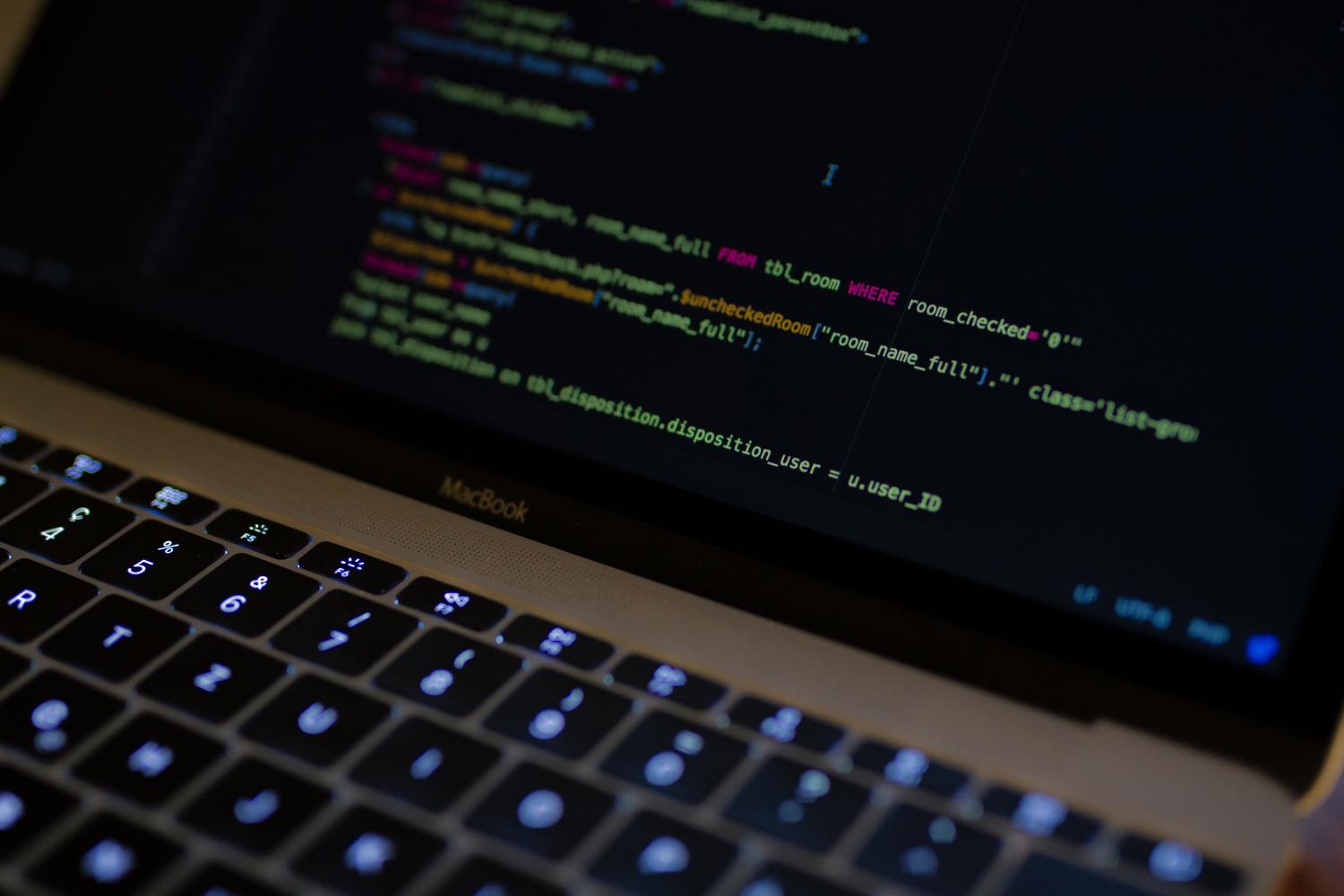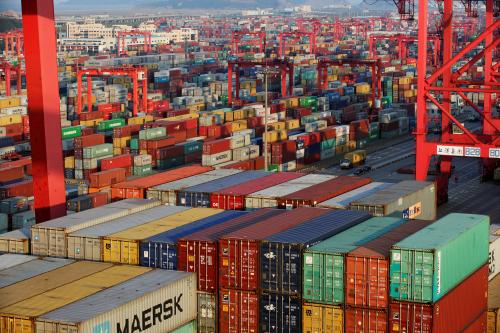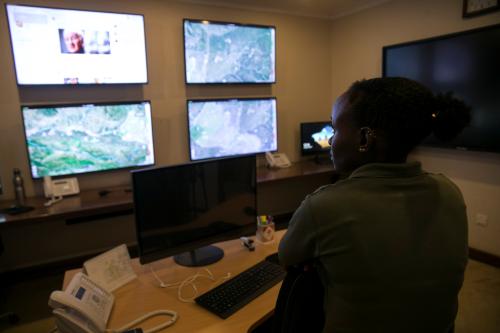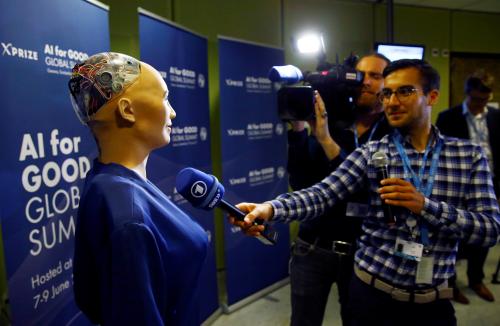Executive Summary
Artificial intelligence (AI) has the potential to transform economic growth, commerce, and trade, affecting the types of jobs that are available and skills that are needed. The United States, China, Japan, Germany, the United Kingdom, France, and others have recognized the opportunity and are supporting AI research and development as well as preparing their workforce.
For AI to develop also requires an enabling environment that includes new regulation in areas such as AI ethics and data access and revisiting existing laws and regulation in areas such as privacy and intellectual property (IP) rights to ensure that they work for AI. In addition, AI development requires an international agenda to avoid unnecessary regulatory heterogeneity that creates barriers to data access and use and impedes the global diffusion of AI products.
A ballpark estimate for AI diffusion across major economies is over the next 5-15 years. This is the window during which to address the range of regulatory and broader social concerns associated with widespread deployment of AI. Key here is building trust and understanding of AI. This includes ensuring that AI contributes to building democratic, transparent, and fair societies. Failure to act could lead to a backlash against AI and regulation that is overly burdensome and stifles innovation.
AI: A definition
AI is not a specific technology, but instead is better conceived of as a set of processes that includes data analytics, enabling technology, applications, and software that make existing processes smarter. Thinking of AI in this way underscores its economy-wide application, making tasks quicker, better, and more efficient. Existing applications include self-driving cars, human speech and translation, and more efficient supply chains. Current AI is based on machine learning using large amounts of data and powerful algorithms to develop increasingly robust predictions about the future.
The economic impact of AI
AI could add trillions to global output over the next 10 years and will accelerate the transition towards a services-driven economy. Though still in its infancy, AI is already being used in various ways and across economic sectors, including by business to detect and manage risk,to develop autonomous vehicles and increase the efficiency of transportation networks, and to improve medical diagnostics and inform patient care.
Trade and AI
The development of AI will affect international trade in myriad ways, including via macroeconomic impacts. For instance, as AI increases productivity growth, firm competitiveness will rise, creating new opportunities for international trade. As AI increases the value of services in economic growth, this should expand the share of services in international trade.
AI is already directly affecting trade in various ways, including through improved management of risks in supply chains, facilitation of smart manufacturing, and AI language translation services that have increased U.S. exports to non-English speaking countries.
Potential economic and social costs
The developments and diffusion of AI are likely to have economic and social transition costs, which could include increased income inequality and job losses. Such outcomes from AI are not pre-ordained, but will require mitigating policies.
AI may also have mixed impacts for developing countries. For example, by leading on AI adoption, advanced economies will likely erode developing countries’ comparative advantage in some manufacturing sectors. A lack of skills in developing countries could further exacerbate the AI divide among countries.
7 steps for maximizing the benefits of AI
1. Strengthen AI diffusion within and across countries
Cross-country deployment of AI in all sectors will require significant new investments, reworking business models, and training workers. This is the pattern that previous general-purpose technologies have taken—slow diffusion followed by economy-wide uptake and productivity growth. A lack of technology diffusion is driving a widening performance gap within industries between frontier firms and less productive firms. Some likely reasons are the costs and challenges of developing the tacit knowledge and effectively deploying the capital to take advantage of technologies such as AI. Policies are needed to increase the rates and depth of technology diffusion across the economy. This could include greater labor market flexibility, increased competition, and availability of risk capital.
2. Develop education and skills
Domestic agenda: Education and training will be key if societies are to benefit fully from AI. AI will require science, technology, engineering, and math (STEM) as well as a broader set of skills that enable people to work alongside AI.
International agenda: Skills development will be needed globally, creating an opportunity for governments and industry to develop partnerships in other countries, particularly in the developing world.
3. Establish sound cybersecurity
Domestic agenda: Ensuring cybersecurity will be key to developing the full range of economic and social benefits from AI. Lax cybersecurity in one country can affect cybersecurity outcomes elsewhere. This underscores the need for governments to develop national cybersecurity strategies. For example, the U.S. National Institute of Standards and Technology (NIST) Framework for Improving Critical Infrastructure Cybersecurity provides a common organizing structure for business to guide cybersecurity activities and cybersecurity risk assessment and management. The U.K., Japan, Australia, and China, to name a few, have also developed cybersecurity strategies.
International agenda: Cybersecurity standards can create unnecessary barriers to trade in AI. For instance, China is using cybersecurity as a justification to develop China-specific cyber standards and Vietnam requires services to be located domestically for cybersecurity reasons. Appropriate international standards are needed that can form the basis of domestic cybersecurity strategies. Trade agreements should encourage cooperation and use of cybersecurity standards, such as occurs in the U.S.-Mexico-Canada Agreement (USMCA). Capacity building in other countries should also be part of a cybersecurity engagement strategy.
4. Protect the privacy of personal data
Domestic agenda: Strong privacy rules will be required for people to allow their personal data to be used for AI learning. At the same time, privacy rules need to avoid creating unnecessary restrictions on cross-border data flows.
International agenda: As countries and regions develop privacy rules, mechanisms will be needed to ensure interoperability of privacy systems. Trade agreements can play a role here. The following outlines elements of an emerging framework to support cross-border data flows for AI that also addresses underlying privacy concerns:
- Further develop global privacy principles, building on existing principles such as those in the OECD.
- Develop and implement domestic privacy laws and regulations based on global privacy principles.
- Build interoperability among different privacy regimes, such as was achieved in the U.S.-EU Privacy Shield.
- Ensure the global free flow of data, limiting data flow restrictions where necessary to protect domestic privacy standards.
5. Increase access to government data
Domestic agenda: Governments can facilitate access to publicly held datasets. Sharing data sets across government agencies and with state and local governments as well as with researchers and the private sector require a consistent, transparent, and standardized governance framework. For example, the U.S. federal government has made progress in developing data as a strategic asset, including the development of a Federal Data Strategy, which aims to provide a consistent approach to federal data stewardship, use, and access.
International agenda: International frameworks for access to government data are needed to minimize the costs of accessing government data globally. The OECD is developing a data governance framework and the International Organization for Standardization (ISO) has principles on data governance. The USMCA includes commitments to open data, which future trade agreements should expand.
6. Develop a balanced intellectual property framework
Domestic agenda: AI requires a supportive IP framework, including fair use exceptions to copyright that provide flexibility for copying data for AI training purposes.
International agenda: Fair use exceptions do not exist in many countries other than the U.S. In the Comprehensive and Progressive Agreement for Trans-Pacific Partnership (CPTPP), the parties took a small step toward agreeing on the need for appropriate copyright exceptions by recognizing the need to achieve “an appropriate balance in its copyright and related rights systems.” This call for balance was not replicated in USMCA.
7. Develop AI ethical principles
Domestic agenda: To develop trust in AI will require that AI processes and outcomes are ethical. The need to develop ethical AI has been recognized by the U.S., the EU, and other governments.
International agenda: In the absence of international cooperation, AI ethical guidelines might reflect only local standards and norms, with discriminatory impacts on access to data and use of AI. The OECD is developing AI principles. The G-20 could also take up this issue. Even with a common baseline, it will be necessary to determine whether AI systems are built ethically or produce ethical outcomes. This raises trade issues such as in which country testing takes place and to what standards. These process issues should be part of international trade negotiations.







